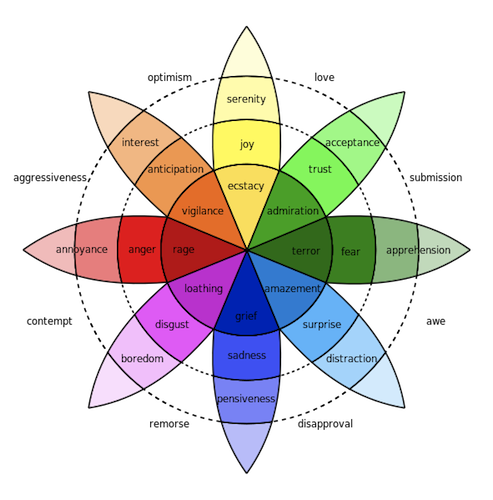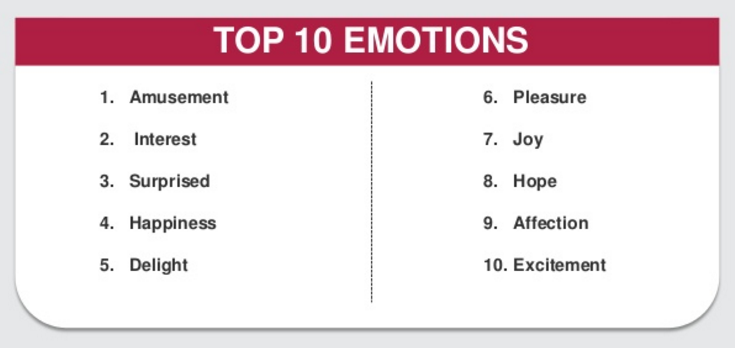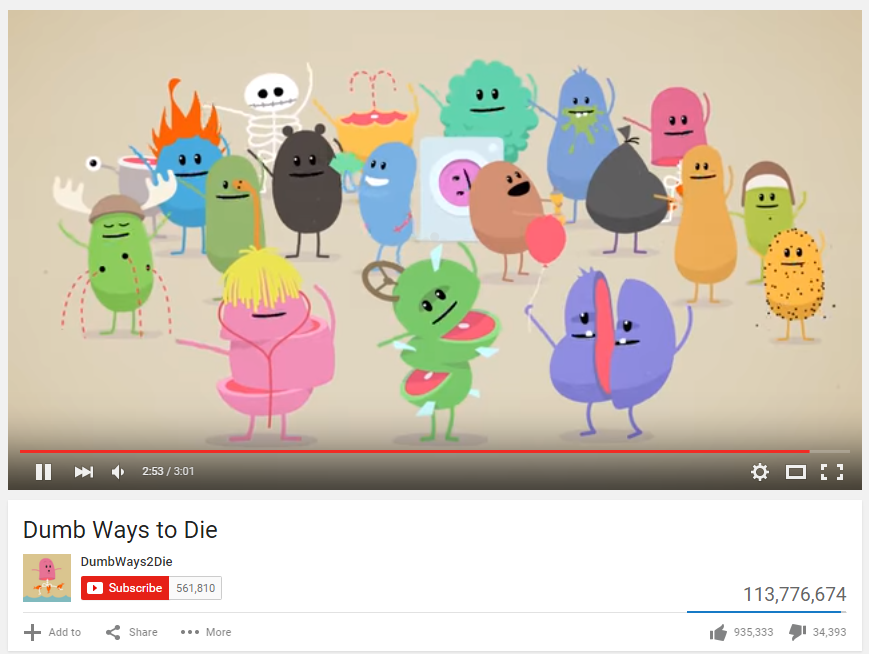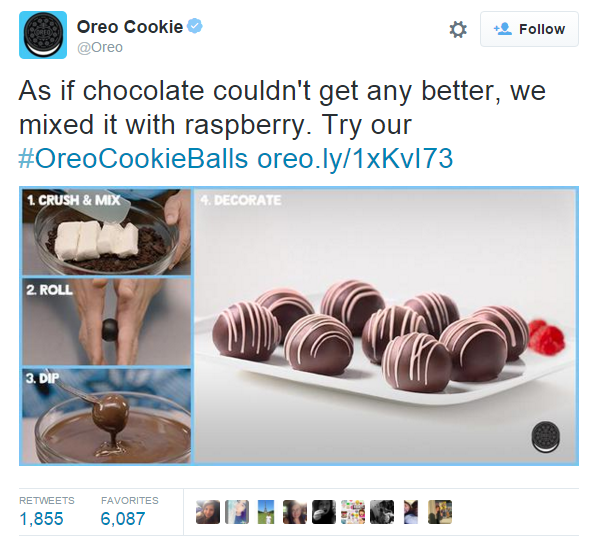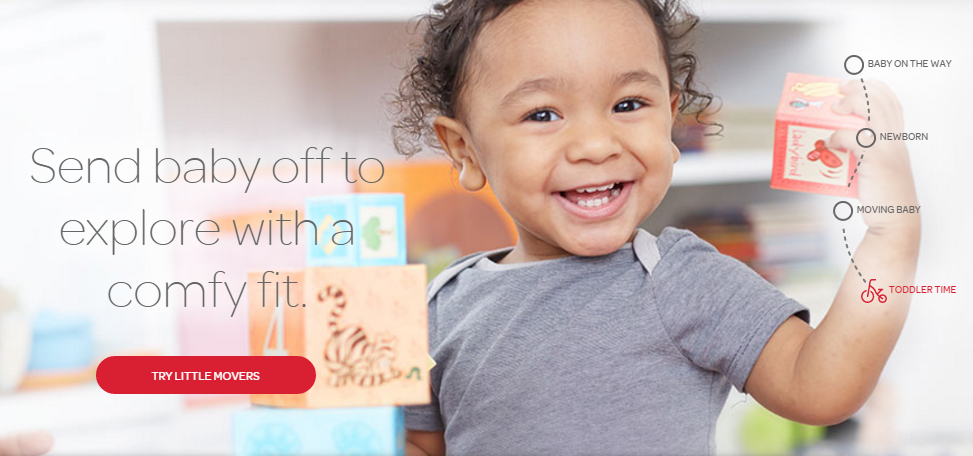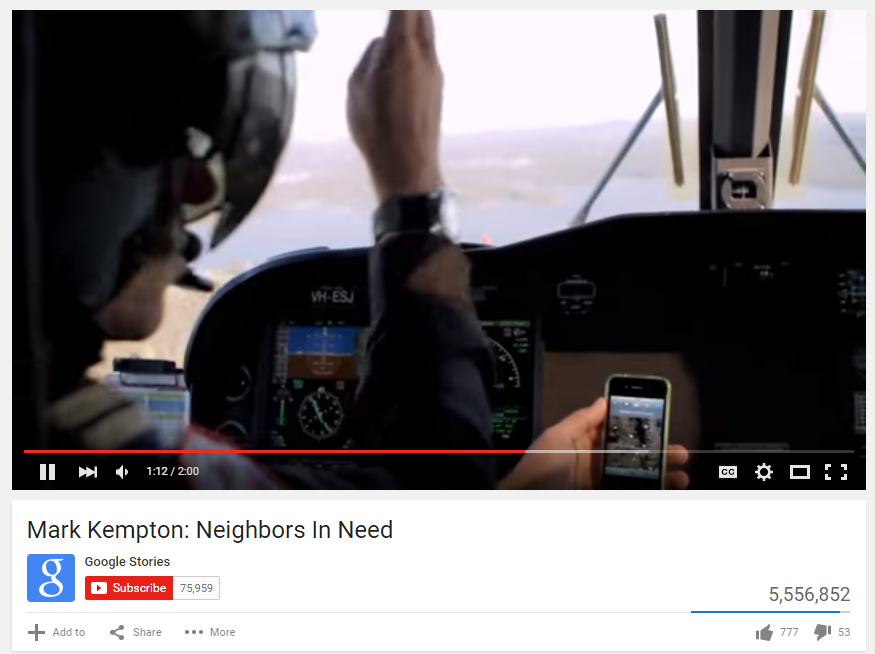You’ve probably heard time and time again that emotion is the key to marketing. When you connect with your customers on a personal, emotional level, you build trust with them, which makes it that much easier to make a sale.
But how, exactly, does emotion work in marketing? What emotions should you be working to inspire—and how exactly do you inspire them?
In this post, I’ve done my best to answer both questions.
Short on time? Here are the key takeaways
1. Positive emotions drive engagement: Research shows that positive emotions (like happiness, surprise, and amusement) are far more effective in digital marketing than negative ones. Viral content tends to evoke joy, excitement, and hope, rather than fear or sadness.
2. Different emotions work for different goals: Each emotion serves a different purpose in marketing.
-
Amusement creates shareability (e.g., humorous videos).
-
Interest draws people in with educational or behind-the-scenes content.
-
Surprise grabs attention by defying expectations.
-
Hope & Affection build emotional bonds and loyalty.
-
Excitement drives urgency and sales, often through time-limited offers.
3. Visual content enhances emotional impact: Videos, images, and animations are especially powerful for conveying emotion. Our brains process visuals faster, which makes emotional content easier to connect with.
4. Storytelling inspires stronger connections: Real-life stories, like those showing compassion, success, or overcoming adversity, evoke emotions like hope and affection, creating deeper connections with your brand.
5. Use emotion strategically: Not every emotion works for every campaign. Select emotions that align with your brand and audience, and utilize them intentionally to foster trust, loyalty, and action.
Understanding Human Emotions
Back in the 1980s, a professor at the Albert Einstein College of Medicine and the University of South Florida, named Robert Plutchik, studied the science of emotions in depth. He documented part of his research in a very famous “wheel of emotions” that suggests there are eight primary emotions: anger, fear, sadness, disgust, surprise, anticipation, trust, and joy.
Although you may be tempted to think otherwise, you should know that not all of these emotions are successful in marketing.
This can be seen in a study done by Fractl. It reveals ten of the most popular emotions inspired by highly viral content. These emotions were (in order of popularity): amusement, interest, surprise, happiness, delight, pleasure, joy, hope, affection, and excitement.
Can you see what’s missing from this list?
Negative emotions. Not even one negative emotion, like sadness, disgust, contempt, fear, etc., made the cut to the top ten.
This research is also confirmed a study Jonah Berger did on the New York Times most viral content: positive content attracted more attention than its negative counterpart.
So what does that tell us?
Whenever possible, try your best to inspire positive emotions like happiness, amusement, and the like. Because clearly, that’s what works.
But is it even possible to succeed by conveying negative emotions?
Of course it is. Just grab your morning newspaper, and the top story is likely to be about government corruption, death, crime, or war—all of which inspire negative emotions like anger, sadness, contempt, and disgust.
But regardless, it’s still much harder to leverage negative emotions than positive ones, especially when you’re talking about digital marketing. So why not make things easy for yourself and focus your work on creating the latter?
Inspiring Amusement
Amusement is a tough emotion to target because it has a rather broad meaning.
As defined by Wikipedia, amusement is the “the state or experience of finding something funny“. So, basically, amusement has a lot to do with humor.
However, humor can be a double-edged sword: if you’re good at it, then your content can definitely go viral. But if your humor fails (which happens quite often), then you tend to fall flat on your face in front of your customers, which isn’t exactly the ideal outcome.
In essence, don’t focus too much on using humor unless you’re certain that you’re able to make it work.
One marketing campaign that has done very well at creating amusement is Metro’s Dumb Ways to Die YouTube video. A combination of cute animations, silly lyrics, and an important message all contributed to the success of the video, which has been viewed over 113 million times since its publication just under three years ago.
Like most other emotions, you can convey humor in a variety of different mediums—but often times visual content like videos (like the one above) or images (memes can especially be very good here) can outperform their text-based counterparts. This is simply because visual content is simpler for our brains to process and, therefore, easier for a viewer to connect with.
Inspiring Interest
Interest is another broad emotion that can be targeted in different ways. The best way to show you how it works is with an example.
Oreo is known for Inspiring Amusement. Amusement is a tough emotion because it has a rather broad meaning. As defined by Wikipedia, amusement is the “the state or experience of finding something funny”. So, basically, amusement has a lot to do with humor.
Humor is a sort of double-edged sword: if you’re good at it, then your content can definitely go viral. But if your humor fails (which happens quite often), then you tend to fall flat on your face. One marketing campaign that did very well at using humor is Metro’s Dumb Ways to Die YouTube video. A combination of cute animations, silly lyrics, and an important message all contributed to the success of the video, which has been viewed over 113 million times since its publication just under three years ago.
Like most other emotions, you can convey humor in a variety of different mediums—but often times visual content like videos (like the one above) or images (memes can especially be very good here) can outperform their text-based counterparts. This is simply because visual content is simpler for our brains to process and therefore easier for a viewer to connect with.” dominating social media. One of the ways they do that is by publishing posts that inspire interest, like one of their tweets that promote Oreo Cookie Balls.
Instead of merely talking about how delectable their latest treat is, Oreo created an image that shows how Oreo Cookie Balls are made in four short steps. This sort of behind-the-scenes insight is exactly what you need to create interest.
Oh, and the result? That tweet got ten times the attention that Oreo’s tweets normally receive.
Inspiring Surprise
Did you know that in the 1960s, Volkswagen was so focused on quality that it would scrap cars with flaws as insignificant as a minor cosmetic blemish on the glove compartment?
I didn’t either.
It’s this surprising revelation that helped Volkswagen’s “Lemon” ads become extremely successful—so successful, in fact, that the ad’s merits were extolled on AMC’s hit show Mad Men fifty years later.
This ad, along with the Think Small ad (which was ranked as the best ad of the 20th century by Ad Age), was one of the major reasons why Volkswagen was able to succeed in the USA shortly after WWII despite being a company founded in Nazi Germany.
Try revealing something surprising about how your own business or industry works to leverage the surprise emotion.
Inspiring Happiness/Delight/Pleasure/Joy
Note: The above four emotions—happiness, delight, pleasure, and joy—are very much alike, which is why I’ve rolled them together into one section.
Think back to the last advertisement you saw that had a baby in it. Was the baby smiling?
Of course it was. Why? Because happiness sells, just like it does in the Huggies ad below.
Happiness is essentially what people want most in life. People want to be satisfied, joyful, and just generally happy in their lives. That’s why happiness is one of the most powerful emotions you can use in marketing: because it’s something that everyone can connect with.
Naturally, you don’t have to use smiling infants to convey the happiness emotion in your marketing. One thing you could try is sharing good news about your brand frequently.
g. you just crossed a significant milestone, you hired a new employee, you were recognized in a major publication, etc.).
Inspiring Hope
One of my favorite commercials ever is this one by Guinness. In it, a group of friends is playing basketball. Each person is in a wheelchair, which leads you to believe that each person is physically handicapped.
However, once the game is over, each person (except one) stands up and walks off without the wheelchair, revealing that only one person is handicapped and the rest of his friends were only in wheelchairs to get their friend involved in the game.
It’s an awesome commercial with a wonderful message that inspires and creates a sense of hope.
Inspiring Affection
Affection is an emotion that endears you to your audience. When you inspire affection, you create a real emotional relationship with viewers that, in turn, creates loyalty.
One of the ways Google inspires the emotion of affection is by showing how its products have positively impacted the lives of its users.
A terrific example of this is in their Mark Kempton: Neighbors in Need YouTube video. The video explains how a search and rescue team used Google Maps to find and save a stranded family during a flood in 2011.
Suppose you have similar stories of how you’ve helped customers to change their lives (if you’re B2C) or business (if you’re B2B), then share them! The affectionate emotion is a powerful one that you don’t want to miss out on.
Inspiring Excitement
Last but not least, we have the emotion of excitement. Excitement actually isn’t a very difficult emotion to leverage, as there are a variety of factors that can create it.
I’d highly recommend that you read Neil Patel’s blog post on the subject over at Hubspot, where Neil explores the various types of excitement that can be created with different marketing strategies.
One of the most common strategies is limiting time. When a product is released during a limited time frame, urgency is created because people realize that if they want the product, they have to purchase it quickly before the product is taken off the shelves.
Starbucks uses urgency to create excitement every autumn when they make their pumpkin spice latte available to customers.
Try using urgency the next time you market a product. As we just discussed, one way to create urgency is by limiting time, but another way to do so is by limiting supply.
Practically all high-end sports car manufacturers use this tactic.
Wrapping Up
Emotion is one of the most powerful tools in your marketing toolkit. Whether you’re aiming to entertain, inspire, or connect on a deeper level, the right emotional trigger can turn casual browsers into loyal customers. And as you’ve seen, positive emotions like joy, surprise, and hope are especially effective in the digital space.
But knowing what to do is only the beginning. Knowing how to do it is where the real magic happens.
That’s why we’re offering you something special: for just $1, you can unlock expert-led training from Foundr, designed to help you master the art of emotional marketing (and much more). These proven strategies have helped entrepreneurs build powerful brands, grow loyal audiences, and drive serious results.
Ready to put your knowledge into action? Don’t wait. Claim your $1 Foundr offer now and start turning emotion into impact.

